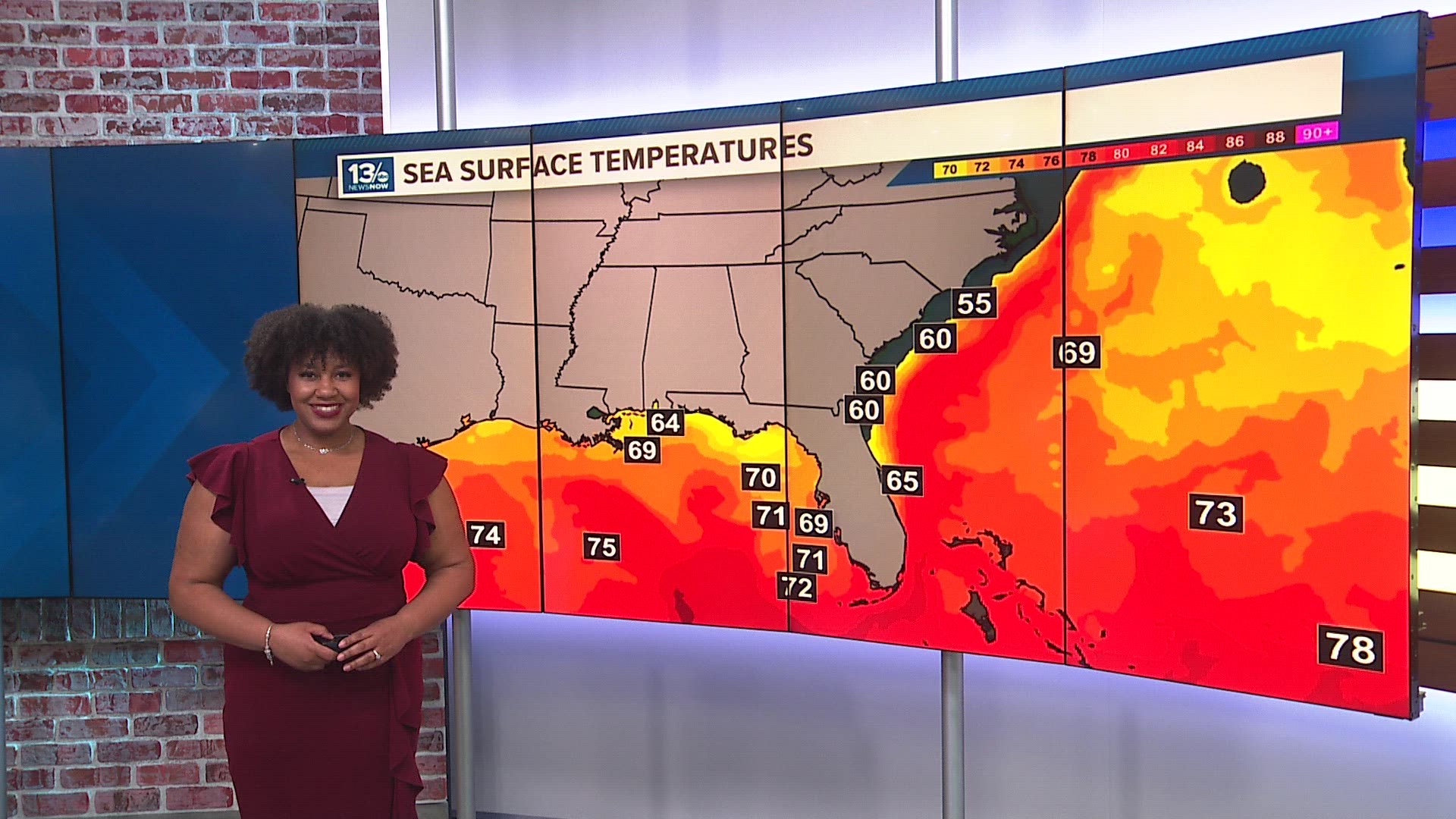NORFOLK, Va. — Colorado State University tropics experts released their predictions for the 2024 hurricane season. They are predicting an above-average season with 23 named storms, 11 hurricanes and five major hurricanes. On average during hurricane season, we would expect around 14 named storms, seven hurricanes and three major hurricanes.
Major hurricanes are defined as hurricanes that reach category three status — sustained winds of 111 miles per hour — or higher.
Colorado State provided a couple of reasons as to why they expect a very active season: a new oceanic pattern and hot sea surface temperatures.
Let's start first with the oceanic pattern. We've been in an El Niño, but we're expected to transition into a La Niña. During La Niña years, on average between 1986 and 2023, we've experienced increased tropical activity. During those years, we saw 59% more named storms, 81% more hurricanes, and twice as many major hurricanes as compared to El Niño years.




During a La Niña, wind shear is typically weaker. Wind shear is the change of wind direction and/or speed with height. Tropical systems prefer to form in environments with little to no wind shear.
Secondly, warm sea surface temperatures are the fuel for tropical systems. As of early April, buoys in the Caribbean Seas and Atlantic Ocean are detecting water temperatures in the upper 70s to middle 80s, which is already above average for this time of year. Sea surface temperatures in the 80s and higher prime fuel for tropical season.
Forecasters predict the above-average sea surface temperatures to continue throughout hurricane season.
We are still about two months away from the official start of hurricane season, but it's never too late to start preparing. The first day of hurricane season is June 1.

